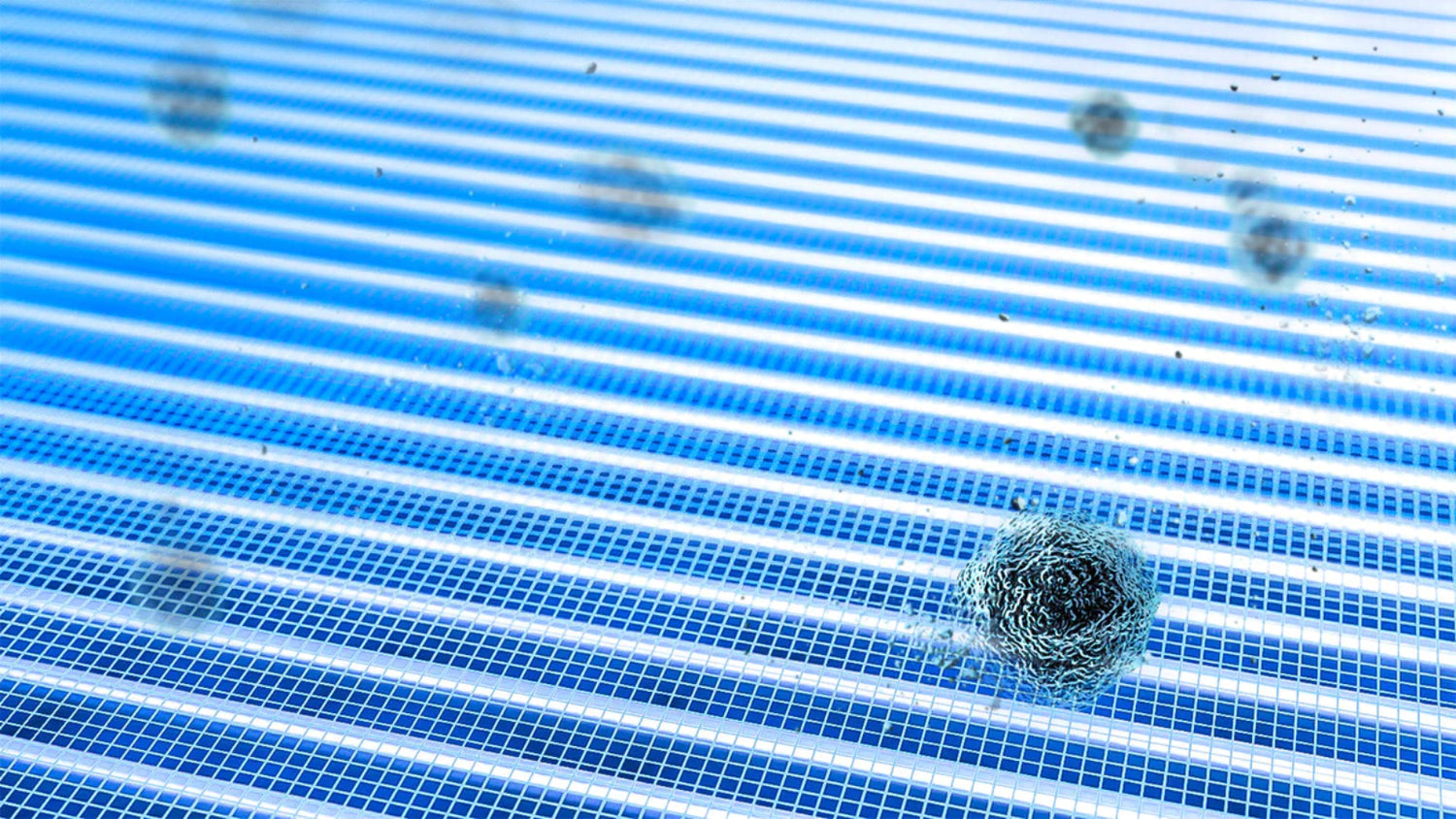Activated carbon is a widely studied material due to its unique properties and numerous applications. There have been several studies conducted to better understand the adsorption mechanisms and effectiveness of activated carbon.
For example, a study published in the journal Environmental Science and Technology found that activated carbon was highly effective at removing a wide range of contaminants from water, including pharmaceuticals, personal care products, and industrial chemicals. The study also found that the effectiveness of activated carbon in removing contaminants increased with longer contact time, indicating that the duration of exposure is an important factor to consider when using activated carbon for water treatment.
Another study published in the Journal of Hazardous Materials found that activated carbon was effective at removing benzene, toluene, and xylene (BTX) from contaminated soil. The study found that the adsorption capacity of the activated carbon increased with increasing contact time and with increasing activated carbon dosage, suggesting that the amount of activated carbon used is an important factor to consider when using activated carbon for soil remediation.
In terms of air purification, a study published in the Journal of Hazardous Materials found that activated carbon was effective at removing a wide range of volatile organic compounds (VOCs) from indoor air. The study found that the effectiveness of activated carbon in removing VOCs depended on the type and concentration of the VOCs, as well as the flow rate of the air. The study concluded that activated carbon was a promising material for indoor air purification, particularly in environments where there is a high concentration of VOCs.
In conclusion, the numerous studies conducted on activated carbon have shown that it is a highly effective adsorbent that can be used for a wide range of applications, including water treatment, soil remediation, and air purification. The effectiveness of activated carbon in removing contaminants depends on several factors, including the type of contaminant, the contact time, and the dosage of activated carbon used. Further research is needed to fully understand the mechanisms of adsorption and to optimize the use of activated carbon for various applications.



Leave a comment
All comments are moderated before being published.
This site is protected by hCaptcha and the hCaptcha Privacy Policy and Terms of Service apply.